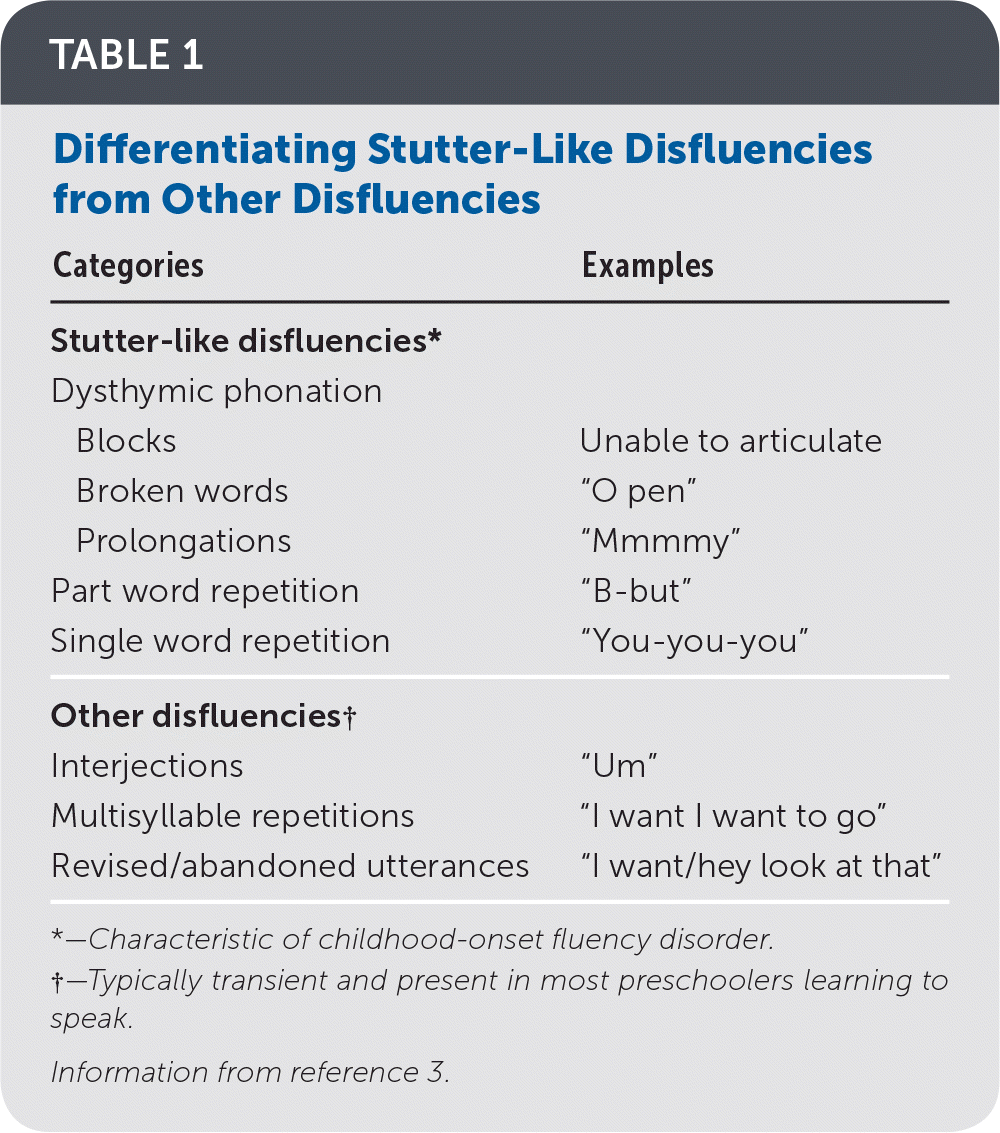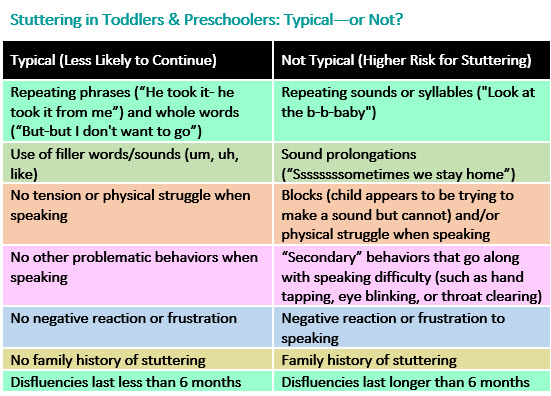
Introduction to Secondary Characteristics of Stuttering
Definition and overview
When we talk about stuttering, we often think primarily about speech disruptions. However, there’s a whole realm of secondary characteristics that individuals who stutter experience—these are the behaviors and emotional responses that can arise due to the stuttering itself. Secondary characteristics of stuttering can include a variety of responses that may not be readily observable in a person’s speech pattern but are nonetheless impactful.
Common examples of these secondary characteristics include:
- Tension in facial muscles: You might notice someone squeezing their jaw or showing signs of discomfort while trying to speak.
- Avoidance behaviors: This can involve skipping words altogether or sticking to safe topics to reduce anxiety.
Understanding these secondary characteristics is essential because they can significantly alter how individuals interact with the world around them.
Impact on individuals with stuttering
The emotional and psychological toll of stuttering is profound. Many individuals experience a cycle of anxiety and fear when communicating. Imagine trying to engage in a conversation but constantly worrying about stuttering—this anxiety can lead to avoidance of social situations altogether. Personally, I remember a friend who would often skip class discussions because of the dread of speaking in front of peers.
This not only affects academic performance but can also lead to:
- Shame and low self-esteem: As they perceive their stutter as a limitation, they might even feel embarrassed about their ability to communicate effectively.
- Social isolation: The fear of being judged can make some withdraw, leading to feelings of loneliness and detachment.
Recognizing and addressing these secondary characteristics is crucial for creating supportive environments for those who stutter. It’s a reminder that stuttering is more than just a speech disorder; it’s a complex interplay of emotional and social factors that deserves attention.

Emotional Secondary Characteristics of Stuttering
Anxiety and fear
Continuing our exploration of the secondary characteristics of stuttering, let’s dive into the emotional realm that can be deeply affected. Among those emotions, anxiety and fear often reign supreme. Imagine standing in front of a group, heart racing, palms sweaty, just thinking about having to say your name. This is the reality for many who stutter—they face the overwhelming anxiety of speaking, which can manifest as physical symptoms like rapid heartbeat, shaking, or even nausea.
- Social situations: Many individuals avoid gatherings simply to elude the stress of conversing, which creates a vicious cycle of isolation.
- Performance anxiety: Whether it’s in a classroom or a meeting, the fear of making mistakes can become paralyzing.
Shame and low self-esteem
Layered on top of anxiety is often a crippling sense of shame. Individuals may internalize societal stigmas, thinking that their stutter makes them less intelligent or capable, which is far from the truth. For instance, a close friend of mine felt ashamed to say her thoughts out loud, believing that her stutter couldn’t convey her intelligence.
This shame can lead to a significant dip in self-esteem, making people doubt their abilities. Consider these impactful effects:
- Negative self-talk: This can further exacerbate feelings of inadequacy.
- Impact on aspirations: Many may hold back on pursuing careers or opportunities that involve public speaking or customer interaction.
By acknowledging these emotional secondary characteristics, we can foster more compassionate environments where individuals feel safe and supported. Understanding these feelings helps us see beyond the stutter, revealing the vibrant person within.

Physical Secondary Characteristics of Stuttering
Tension and physical struggle
Moving from the emotional dimensions of stuttering, it’s equally important to examine the physical side—specifically, the tension and physical struggle that many experience while trying to speak. Picture a person gripping the edges of their chair tightly, muscles tensed, as they prepare to engage in conversation. This physical manifestation often results from their internal battle between wanting to communicate and fearing how their speech may unfold.
- Muscle tension: Many individuals experience tightness in their jaw, neck, or shoulders when attempting to speak, which can impede fluidity.
- Visible struggle: You may notice facial grimaces or exaggerated movements as someone tries to push through their speech—these can be unintentional and often quite distressing.
Avoidance behaviors
In response to the physical discomfort of speaking, many people develop avoidance behaviors. These can take various forms, such as:
- Avoiding specific words: High-stress words may be skipped entirely, leading to incomplete sentences.
- Changing the topic: They may seamlessly shift conversations to familiar subjects where they feel more at ease.
I recall my cousin, who would deliberately steer clear of answering phone calls to bypass potential speaking challenges. This avoidance is not just about stuttering; it’s a protective measure against the fear of judgment or discomfort.
Understanding these physical secondary characteristics deepens our appreciation for the multifaceted struggles that individuals who stutter face daily. By recognizing these challenges, we can work towards creating a more empathetic world that encourages open communication and support.

Behavioral Secondary Characteristics of Stuttering
Word substitutions and avoidance
Transitioning from the physical manifestations of stuttering, let’s delve into the behavioral secondary characteristics that often arise as coping mechanisms. One common behavior is word substitution. Imagine being in a conversation and your friend suddenly replaces the word “elephant” with “big animal” because the original word triggers anxiety. This practice is more prevalent than you might think!
- Creative replacements: While some people become adept at dodging potentially difficult words, it can lead to confusion for listeners if the substitutions are too vague.
- Contextual moves: Individuals may also find themselves crafting elaborate sentences just to avoid certain terms, leading to a more complex dialogue than necessary.
Disrupted communication patterns
Alongside these substitutions, you’ll often find disrupted communication patterns. These include interruptions in the flow of dialogue, which can drastically alter the rhythm of conversation. For example, during a casual chat, a person may suddenly pause, stutter, or look away, causing awkward silences or misunderstandings.
- Turn-taking difficulties: Individuals might struggle to find the right moment to interject in conversations, inadvertently talking over others or becoming overly quiet.
- Changes in eye contact: Many tend to avoid eye contact during moments of struggle, which can be misinterpreted as disinterest.
These behavioral secondary characteristics paint a picture of the complexity of communication for individuals who stutter. Recognizing these patterns is critical to fostering better communication strategies and relationships, allowing for more meaningful interactions.

Social Secondary Characteristics of Stuttering
Social isolation and withdrawal
As we transition to the social ramifications of stuttering, one of the most poignant issues individuals face is social isolation and withdrawal. Many people who stutter may feel embarrassed or self-conscious about their speech, leading them to avoid social situations altogether. Imagine being invited to a party, but the thought of potentially struggling to speak makes you choose to stay home instead. This scenario is far too familiar for many.
- Scaling back on social events: Individuals might skip family gatherings or outings with friends out of fear of judgment, which can lead to feelings of loneliness.
- Online versus real-life interactions: Some may resort to online communication as a way to engage without the direct pressure of speaking.
Impact on relationships and interactions
The effects of stuttering extend beyond personal choices to significantly impact relationships and interactions. A close friend of mine often felt misunderstood, a sentiment that can strain friendships and create barriers in communication.
- Misinterpretation and Frustration: Friends or family may misinterpret a stutter as disinterest in the conversation, leading to unnecessary tension.
- Dependency on others: Some individuals may rely heavily on trusted friends or family members for support during conversations, which can inadvertently place a strain on those relationships.
Recognizing these social secondary characteristics allows us to foster a more understanding and inclusive environment. By creating open, supportive spaces, we empower individuals to connect without the fear of how their speech may be perceived.